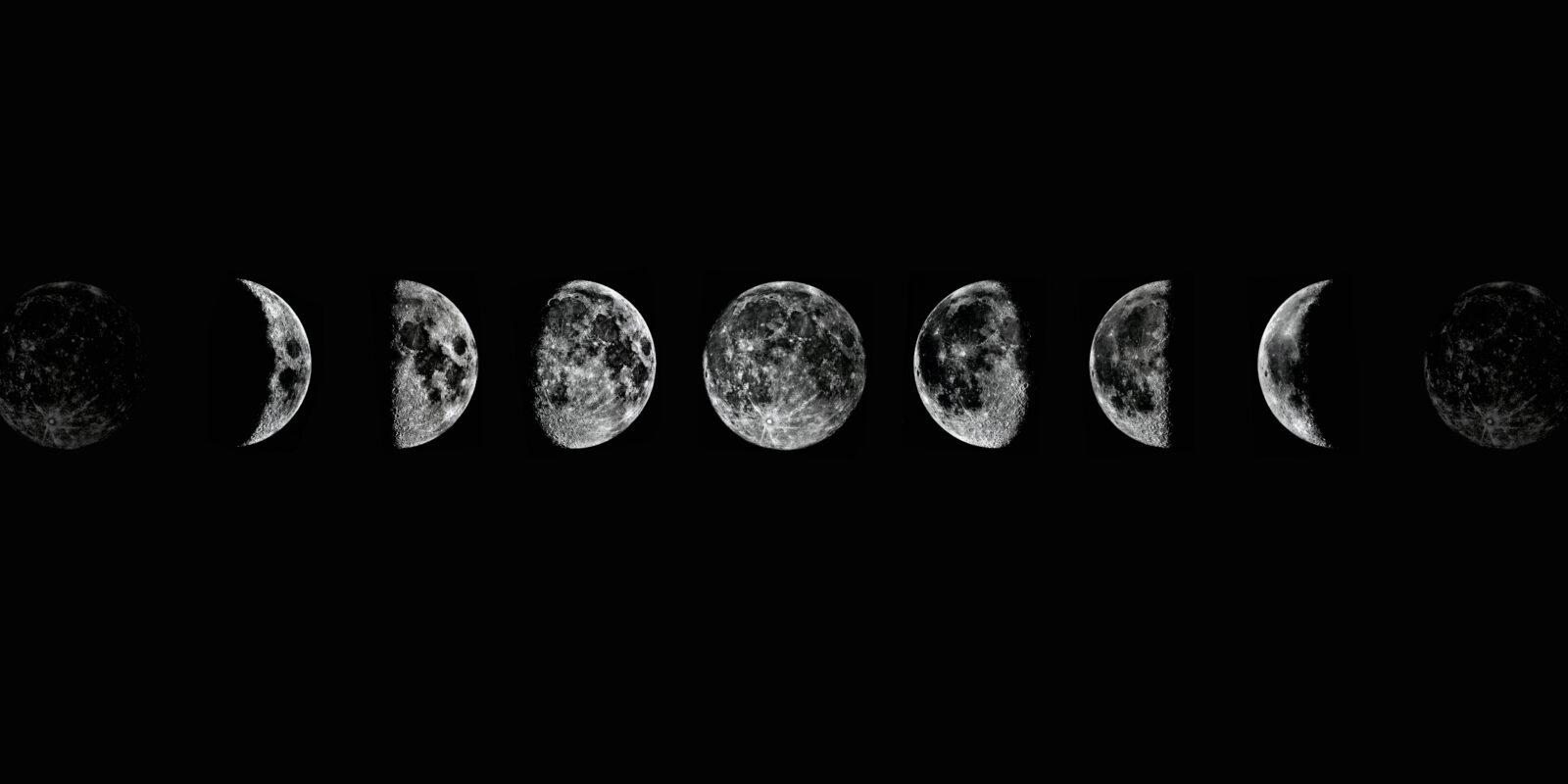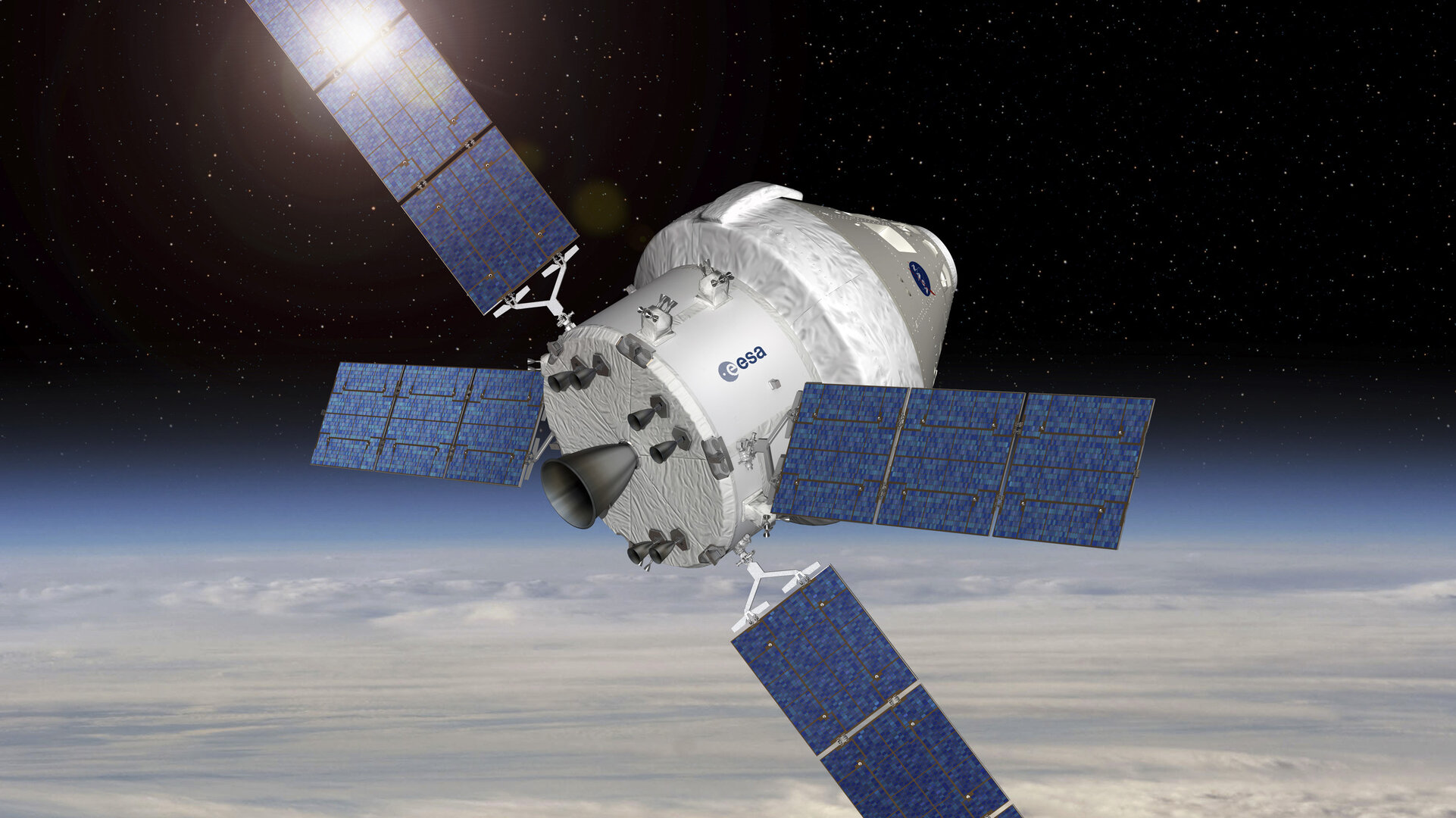An orbit is the path that one celestial body takes around another. This movement is governed by the force of gravity, which attracts objects towards each other. The specific characteristics of an orbit depend on factors such as the masses of the two objects, their distance from each other, and their relative velocities.
Types of Orbits
- Circular Orbits: In a circular orbit, the celestial body moves at a constant speed in a circular path around the other object.
- Elliptical Orbits: Most orbits in the solar system are elliptical, meaning the path is oval-shaped rather than circular. The point closest to the central body is called the periapsis (or perigee for Earth), while the farthest point is called the apoapsis (or apogee for Earth).
- Parabolic and Hyperbolic Orbits: These are non-periodic orbits, meaning the celestial body does not return to the same position. Parabolic orbits have a single escape velocity, while hyperbolic orbits have a higher than escape velocity.
Orbital Mechanics
- Kepler’s Laws: Johannes Kepler formulated three laws of planetary motion that describe the orbits of celestial bodies:
- The Law of Ellipses: Planets orbit the sun in elliptical paths, with the sun at one focus.
- The Law of Equal Areas: A planet sweeps out equal areas in equal times.
- The Law of Harmonies: The square of a planet’s orbital period is proportional to the cube of its average distance from the sun.
- Newton’s Law of Universal Gravitation: Sir Isaac Newton’s law of universal gravitation states that every particle in the universe attracts every other particle with a force that is directly proportional to the product of their masses and inversely proportional to the square of the distance between their centers.
Orbital Stability
The stability of an orbit depends on various factors, including the mass distribution of the central body and any external influences. For example, the gravitational pull of other celestial bodies can perturb an orbit, causing it to change over time.
Applications of Orbital Mechanics
Orbital mechanics is a fundamental aspect of space exploration and satellite technology. Understanding orbits allows us to launch satellites into specific orbits for various purposes, such as communication, navigation, and Earth observation.
Would you like to learn more about a specific type of orbit, the history of orbital mechanics, or the applications of orbital mechanics in space exploration?



